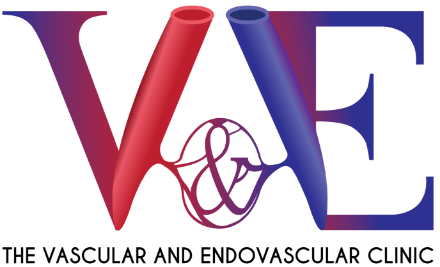Varicose veins typically progress through several stages, which can be categorized as follows:

1. Stage 1: Mild Varicosities
At this stage, veins may appear slightly enlarged or twisted, often in the legs. Symptoms might include minor discomfort or heaviness

2. Stage 2: Moderate Varicosities
The veins become more prominent and may be visible through the skin. Symptoms might include aching, swelling, and a feeling of heaviness, especially after prolonged sitting or standing.

3. Stage 3: Severe Varicosities
Varicose veins are more pronounced, and symptoms intensify. Patients may experience chronic swelling, pain, and fatigue in the affected legs.

4. Stage 4: Skin Changes
The skin around the varicose veins may begin to change color, and symptoms like itching and irritation can develop. There may also be signs of inflammation.

5. Stage 5: Ulceration
In this stage, painful sores or ulcers may develop, often near the ankles, which may have healed. This is a serious condition requiring immediate medical attention to prevent recurrence.

6. Stage 6: Active Ulceration
The presence of open sores that don’t heal properly, often indicating advanced venous insufficiency. This stage poses a high risk of infection and other complications.
The presence of open sores that don’t heal properly, often indicating advanced venous insufficiency. This stage poses a high risk of infection and other complications.
Keyhole surgery for varicose veins is typically considered in the following situations:
- Severe Symptoms: If you experience significant pain, discomfort, or heaviness in the legs that affects daily activities and does not respond to conservative treatments like compression stockings or lifestyle changes.
- Persistent Varicosities: If varicose veins are prominent and persist despite non-surgical treatments, surgery may be recommended to remove or close the affected veins to prevent risk of clots and bleeding.
- Cosmetic Concerns: If the appearance of varicose veins causes significant distress or affects your quality of life, you may opt for surgery for cosmetic reasons, even if symptoms are mild.
- Non-Responsive to Other Treatments: If other treatments, such as compression stockings and oral medications like Daflon, have not provided adequate relief, keyhole surgery might be the next step.
- Underlying Venous Insufficiency: If tests reveal significant venous insufficiency, surgery may help restore proper blood flow and alleviate symptoms and prevent progression of the disease.
It’s essential to discuss your specific situation with a vascular specialist, who can evaluate your condition and recommend the most appropriate course of action based on your symptoms and overall health







